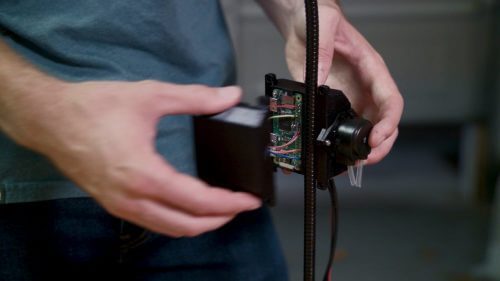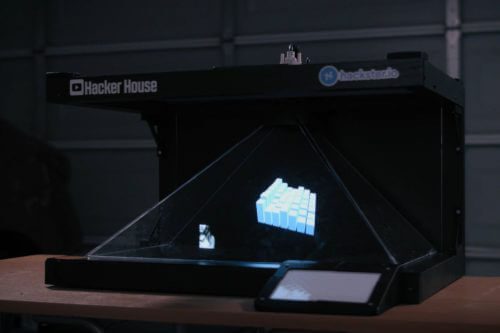Schlagwort: Hacker House
-

Hacker House’s Zero W–powered automated gardener
Reading Time: 3 minutesAre the plants in your home or office looking somewhat neglected? Then build an automated gardener using a Raspberry Pi Zero W, with help from the team at Hacker House. Make a Raspberry Pi Automated Gardener See how we built it, including our materials, code, and supplemental instructions, on Hackster.io: https://www.hackster.io/hackerhouse/automated-indoor-gardener-a90907 With…
-

Hacker House’s gesture-controlled holographic visualiser
Reading Time: 3 minutesYouTube makers Hacker House are back with a beautiful Flick-controlled holographic music visualiser that we’d really like to have at Pi Towers, please and thank you. Make a Holographic Audio Visualizer with Gesture Control Find all the code and materials on: https://www.hackster.io/hackerhouse/holographic-audio-visualizer-with-motion-control-e72fee A 3D holographic audio visualizer with gesture control can definitely…

